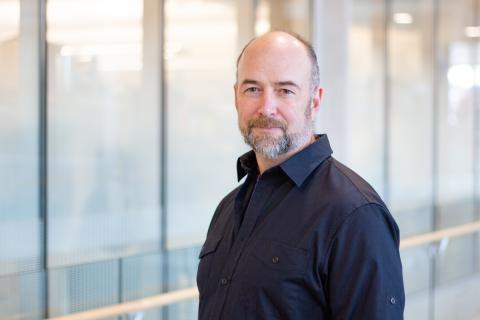Randy McIntosh, Ph.D.
Professor
BC Leadership Chair in Neuroscience and Technology Transfer Across the Lifespan
Director, Institute for Neuroscience and Neurotechnology
Simon Fraser University
Seminar Information

We introduced TheVirtualBrain (TVB) to the neuroscience community a decade ago. It was the first platform for creating large-scale simulations of human brain networks and has continued to evolve as a community project, extending to multiple basic and clinical applications and extensions to models of rodent and macaque brains. A singular feature of TVB is that the brain models can be constructed from an individual’s neuroimaging data, giving a great degree of specificity. This is especially relevant in studies across the lifespan, where the biophysical parameters of the model have a direct neurophysiological interpretation (e.g., neural excitation/inhibition). This feature of TVB results in great prediction of cognitive function across age-groups, and by connecting potential trajectories between groups, may provide new information on paths that reflect good brain health. We can extend this to age-related dysfunction, such as dementia, opening a potential for early detection of problematic trajectories and developing mitigation strategies.
I hold a PhD in psychology and neuroscience with a strong background in statistics. My research journey began at the Rotman Research Institute, University of Toronto, where I developed a keen interest in understanding aging and cognition. Through international collaborations, we created TheVirtualBrain (thevirtualbrain.org), a groundbreaking platform that unites global research efforts. I've recently joined Simon Fraser University, where my research will play a pivotal role in the new Institute for Neuroscience and Neurotechnology. My vision encompasses two key objectives: 1) integrating our modeling platform into clinical decision-making processes and 2) establishing a user-friendly cloud-based system for brain modeling in research, clinical applications, and education.
